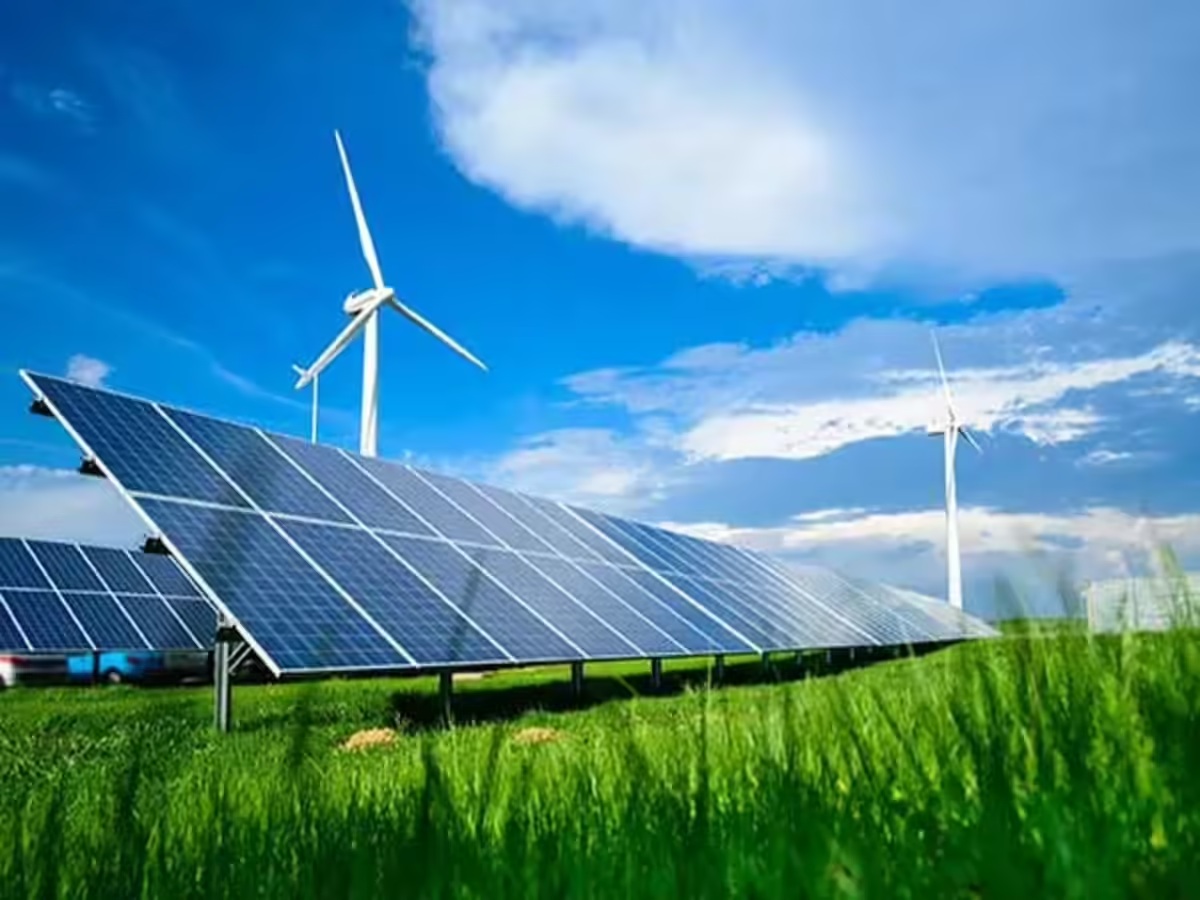China’s rapid expansion of renewable energy infrastructure is reaching staggering new heights, as installations of wind and solar power in May alone generated enough potential electricity to rival that of entire countries like Poland.
Local media reports on Thursday, June 26, 2025, say the world’s second-largest economy continues to shatter records in its aggressive pursuit of clean energy, highlighting its pivotal role in the global energy transition.
According to Lauri Myllyvirta, senior fellow at the Asia Society Policy Institute, China installed a remarkable 93 gigawatts (GW) of solar capacity in May—equivalent to nearly 100 new solar panels every second.
Alongside this, the country added 26 GW of wind power capacity, approximately the output of 5,300 wind turbines.
These figures underline China’s enormous scale and pace in building renewable energy.
Actual power generation from these installations can fluctuate based on location and weather conditions.
On the other hand, Myllyvirta estimates that the new solar and wind capacity installed in May alone could produce as much electricity as Poland, Sweden, or the United Arab Emirates generate annually.
Looking at the broader picture, between January and May 2025, China added 198 GW of solar and 46 GW of wind power capacity.
This amount is enough to supply electricity on par with countries like Indonesia or Turkey, underscoring how China’s clean energy drive is reshaping global energy dynamics.
“We knew China’s rush to install solar and wind was going to be wild but WOW,” Myllyvirta commented on social media, marveling at the sheer scale of the country’s renewable energy rollout.
With these latest figures, China’s total installed solar photovoltaic capacity has surpassed the milestone of 1,000 GW (1 terawatt) for the first time.
This reportedly accounts for roughly half of the world’s total solar capacity.
This cements China’s position as the global leader in renewable energy deployment.
The surge in clean energy infrastructure coincides with ongoing informal climate discussions between US researchers and former government officials visiting Beijing.
These talks come amid a complex and often strained relationship between the world’s two largest economies, especially regarding climate cooperation.
Since former President Donald Trump took office in 2017, US-China climate negotiations have faced significant setbacks.
Trump’s administration withdrew the US from major international environmental agreements.
These included the landmark 2015 Paris climate accord, which aims to limit global warming to well below 2 degrees Celsius compared to pre-industrial levels.
At the time, Trump argued, “The United States will not sabotage its own industries while China pollutes with impunity,” highlighting his skepticism toward global climate commitments.
Despite being the world’s largest emitter of greenhouse gases, China has emerged as the leading producer and installer of clean energy technologies.
These include solar panels, wind turbines, and batteries.
President Xi Jinping has increasingly framed China’s climate goals as intertwined with the expansion of the country’s clean energy sector.
This, he views as crucial for reinvigorating the nation’s slowing economy.
In an April speech, Xi proudly noted that over the past five years, China has developed “the world’s largest and most complete new energy industry chain.”
This “new energy” sector includes renewables and the necessary supporting technologies.
Examples are advanced battery storage systems, which are vital for integrating variable solar and wind power into the grid.
However, the relentless competitiveness within China’s economy is also placing considerable pressure on its clean energy companies.
Fierce price competition means that the selling prices for solar panels are barely covering their production costs.
According to Bloomberg, China’s five largest solar manufacturers reported a combined loss exceeding 8 billion yuan (over $1 billion) in the first quarter of 2025 alone.
Local media report that reflecting the sector’s financial struggles, Yang Liyou, general manager of Jinneng Technology, described the solar industry as being caught in a “death cycle.”
His comment came during a recent conference.
This highlights a stark contrast: China is pushing unprecedented renewable energy capacity.
On the other hand, the companies building this infrastructure are grappling with economic challenges and slim profit margins.
Nonetheless, China’s extraordinary renewable energy buildup is transforming the global energy landscape.
It is also setting new standards for what rapid decarbonization can look like at scale.
As other nations watch closely, China’s mix of ambition, scale, and economic reality offers both lessons and warnings for the future of the clean energy transition worldwide.


